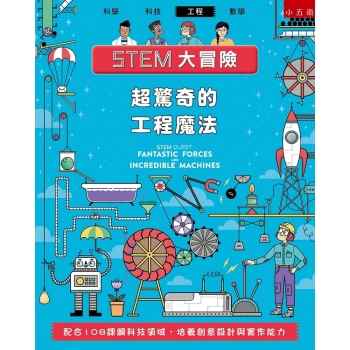Dramatic texts come with a natural structure of acts, scenes and speech clearly assigned to characters that lends itself to computational analysis: These explicit structures allow for straightforward formalizations without extensive preparatory work. Work on drama has therefore always been at the forefront of research in computational literary studies, with its pioneers analyzing drama quantitatively long before the digital age. Today, increasingly large digital text corpora are available and computational literary studies aims at a higher-scaled view on literary history, promising to analyze thousands of literary texts simultaneously. After decades of exploring the possibilities offered by computational methods, the field is now undergoing a phase of consolidation that takes stock of achievements and opportunities and critically reflects the computational methods and interpretations derived from data. Building on insights from the fields’ tradition and current research approaches, this volume provides an overview of the status quo of computational drama analysis and explores possible routes for the future.












